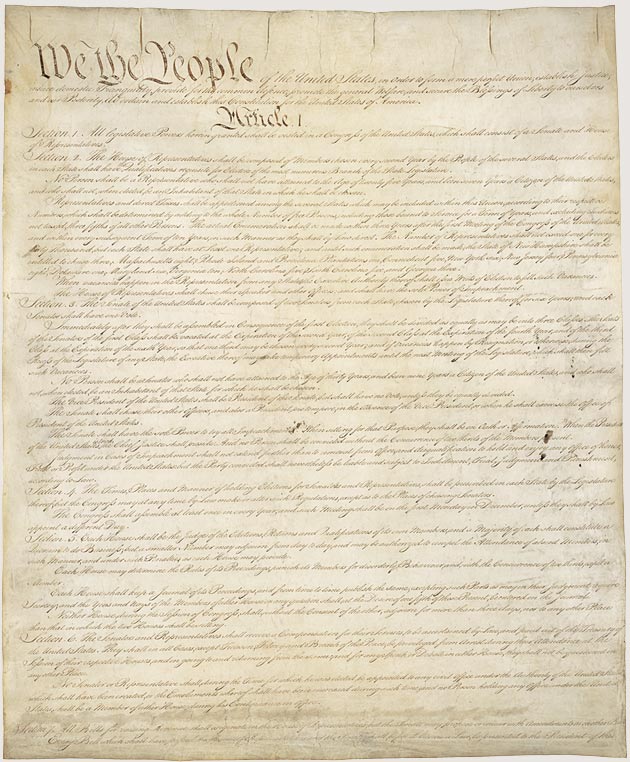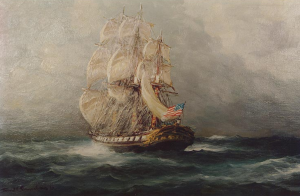On this day in 1770, protesting colonists and occupying British soldiers clash in what we know as the Boston Massacre. This event is widely seen as the start of the American Revolution. It is also why we learn the name of African-American sailor Crispus Attucks, likely the first man to fall.
The British soldiers go on trial, though John Adams (born near Boston) and Josiah Quincy, Jr. (born in Boston) agree to defend them, demonstrating support for the colonial justice system. Then, upon conclusion of the trial in December 1770, the jury found just two of the eight British soldiers guilty of manslaughter.
In fact, the Algeron Sidney quote Adams used in closing his defense speech at the trial seems foundational to the Adams quote in second half of this post:
“The law, (says he,) no passion can disturb. Tis void of desire and fear, lust and anger. ‘Tis mens sine affectu; written reason; retaining some measure of the divine perfection.”
By Design
On March 4, 1789 government under the U.S. Constitution begins with the first session of Congress, held, at that time, in New York City.
Almost emblematic of the purpose Our Lost Founding, there is a connection here, despite the number of years between these events, but due to the consecutive dates:
John Adams, one of the aforementioned defense lawyers, Founding Father, the second president, etc., said this of Our Constitution in October of 1789 :
“We have no government armed with power capable of contending with human passions unbridled by morality and religion. Avarice, ambition, revenge or gallantry would break the strongest cords of our Constitution as a whale goes through a net. Our Constitution is designed only for a moral and religious people. It is wholly inadequate to the government of any other.” (emphasis added)
So, the answer to the question in the title of this post is, frankly, quite a bit. Furthermore, that might explain a lot of the problems we experience in Our country today. Finally, it underscores the critical importance of rediscovering our lost founding.






